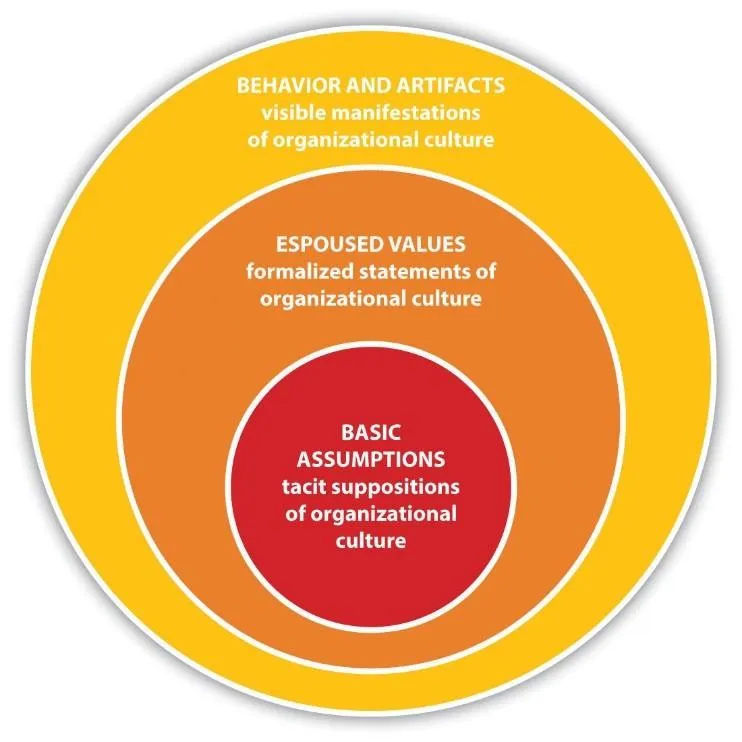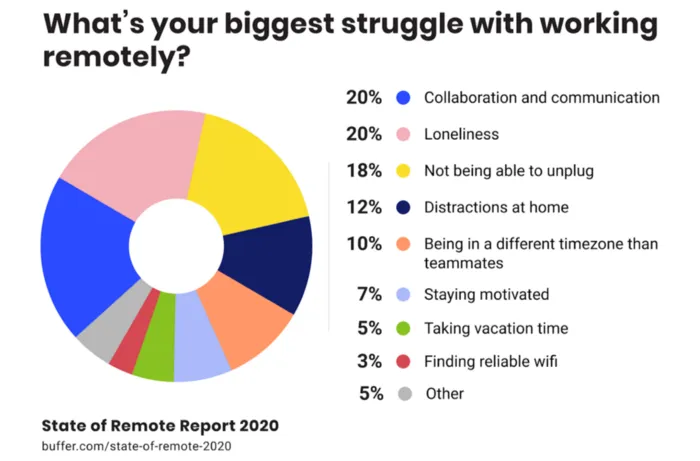Working from home is helping discussions around gender diversity in the corporate world
As the male-dominated first line managers work from home, their assumptions about women’s roles in the workforce are changing, which can lead to better gender diversity in the workplace.

In the last few years, corporate India has been running many programmes to build awareness and promote gender diversity at the workplace to arrive at a healthy gender diversity in the workforce, leadership team and on the board. Though corporate India understands the benefits of gender diversity and has taken steps in this direction, its adoption faces many roadblocks.
While policies and guidelines have been put into practice, yet most times, it is predominantly applicable only to the Human Resources and the leadership team. The first line managers are yet to understand and accept it open heartedly.
Companies have programmes where a large part of the activity is to build awareness around having more women in teams and its advantages to the first line managers such larger talent pool, different perspective in decision making and strategy formulation, enhanced collaboration within the organisation, higher retention, and a better reflection of customers. However, employees’ personal experience and belief system sometimes restricts them from adopting gender diversity.
Sometimes, policies and programmes too aren't sufficient. They require support from an underlying fabric that is critical for any of the programmes to be successful – company culture. Your company culture is unique and has a direct impact on how people behave and conduct themselves in the organisation. For any program around Diversity & Inclusion (D&I) to be successful, the values need to be well ingrained in the organisation’s culture . While company culture is one of the factors which affects people’s behaviour, factors such as social dynamics, society, upbringing, underlying assumptions, personal value, experiences, etc. are key influencers.

Edgar Henry Schein identified three distinct levels in organisational cultures: artifacts and behaviours, espoused values and assumptions. While corporates have done everything possible to address the artifacts and espoused values, COVID-19 has forced the entire workforce to work from home. Though work from home (WFH) is not a new concept introduced to corporate India, this forced work from home for the entire workforce is novel.
It took over a week for many employees to balance work-life and reach an equilibrium state to be productive and effective. With people are working from home, the extra time available due to no travel, lesser meetings, faster collaboration through technology etc, has led them to engage their logical and creative side of the brain (as a manner of speaking). We are witnessing many posts on Instagram and Facebook about people’s new found skills and passion in culinary, gardening, singing, sketching, dancing etc.
In fact, many articles say that WFH may stay even after the pandemic scare fades while HR heads are saying that WFH is a “trial run on a big scale” and a “silver lining in the whole calamity”. We might be generalising an exception here, but surely technology is helping bridge the barrier and helping us with the stop-gap arrangement of WFH.
The love for exhibiting newfound passion and skills are slowly fading away with the initial rage we saw in just three weeks. Employees are getting claustrophobic and restless at home and cabin fever has gripped everyone. Though companies are introducing many programmes around women to rejoin work after a break, its effect has not been easily adopted by the first line . However, COVID-19 and WFH has changed this basic underlying assumptions, especially after these first line managers look at the capable women in their homes or around them who have decided to stay at home for different reasons.
The positive side to the pandemic is the realisation that has set in among the front line managers. Collectively, this change in assumptions in a few individuals will have a rippling effect. This in turn impacts the actions of the employees and the culture of the company.

Looking at one of the recent reports, on working remotely, the top two issues are communication and loneliness. Both can impact the mental imbalance and lead to depression and erratic behaviour as man is a social being. If this can have a profound impact on the men, can you imagine the impact it can have on women who need to balance a lot more at home in India.
People have understood the challenge of staying at home, doing the household chores and the suffocation one can feel not being able to live up to their potential. People are now realising that when a mom-to-be quits her job, it was not an easy decision for her especially when she is raised to pursue a career. Slowly, employees have started wondering how women can stay at home if they are qualified for a job. Constructive discussions are happening at homes to upskill women so that they can start working. While working now on household chores, men are getting upskilled too!
While the jury is still out on whether WFH becomes a norm going forward,we will surely have more women joining our workforce after the COVID-19 epidemic is in control. We will have more men supporting their spouses to get back to the workforce to build a career. This welcome change in assumptions among men will surely help the much needed push to make gender diversity a reality in the corporate world.
(Edited by Apoorva Puranik)
(Disclaimer: The views and opinions expressed in this article are those of the author and do not necessarily reflect the views of YourStory.)








